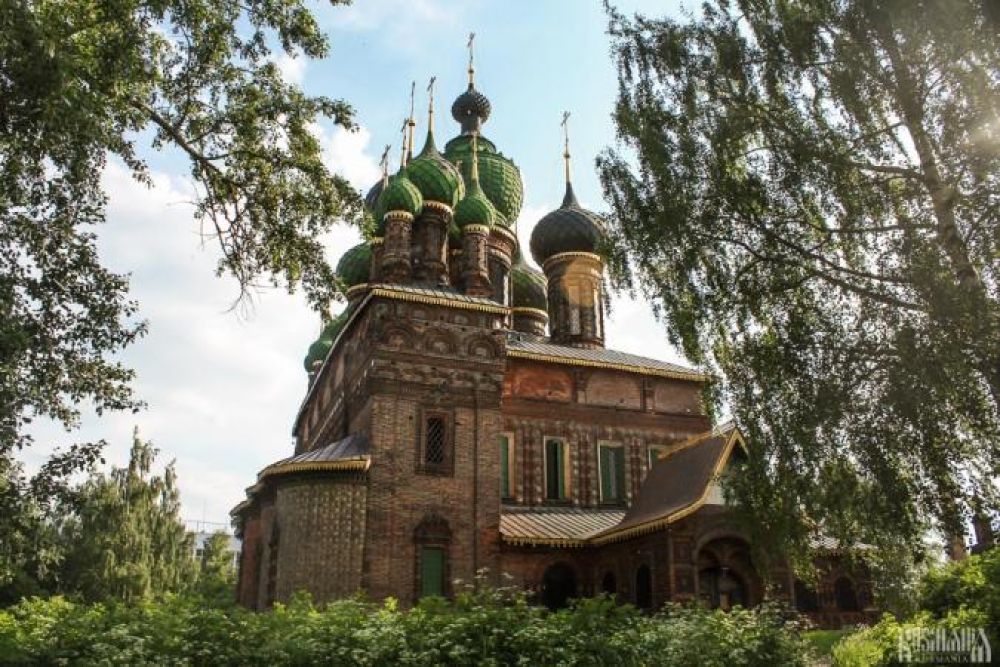

The Church of the Beheading of Saint John the Baptist in Madaba, Jordan, is an ancient religious sanctuary and historical gem. It is a significant destination for both religious pilgrims and history enthusiasts. Its origins can be traced back to the late Byzantine and early Islamic periods.
Madaba itself is renowned for its 6th-century mosaic map of the Holy Land located in the Church of Saint George. However, the Church of the Beheading of John the Baptist, which sits just a short walk away, is another treasure trove that holds immense religious and cultural importance. Constructed by the Christians in the 2nd century AD, it was later transformed into a Byzantine church in the 5th century AD. The church is named after John the Baptist, a central figure in Christian and Islamic traditions alike, indicating its significance in religious cohesion and dialogue.
The church complex includes an ancient well believed to date back to the Moabite era, which is thought to have once supplied water to the inhabitants. Tourists can also access the church's bell tower, offering panoramic views of the city and a glimpse of the Promised Land as described in Biblical times.
Tourism at the site has gradually evolved over the years. Originally visited by a small number of devoted pilgrims and historians, the church has become an integral part of the Madaba tourism experience, which spiked after the stabilization of the region and the establishment of the modern state of Jordan. With the promotion of Madabas’s historical and religious sites in the latter half of the 20th century, the Church of the Beheading of John the Baptist has seen an increase in its visitors annually.
In recent years, there has been a surge in religious and cultural tourism in Jordan. The government and local tourism boards have been actively promoting the region's historical sites. The Church of the Beheading of John the Martyr, with its rich history and archaeological significance, benefits from these efforts. The focus on eco-tourism and sustainable practices is also noticeable, ensuring that sites are preserved for future generations.
Interactive tours, which often include mosaic-making workshops or cultural exchanges with the local community, have grown in popularity, giving tourists a more hands-on experience of Madaba's cultural heritage. Additionally, with advancements in digital and social media marketing, more potential travelers are learning about this historically rich destination and are being encouraged to explore its wonders in person.
The Church of the Beheading of Saint John the Baptist continues to be a pillar of historical and spiritual significance in Madaba. As tourism trends evolve, it stands as both a testament to the area's multifaceted history and as a beacon for future cultural exploration. Visitors to Jordan are encouraged to witness the timeless beauty and profound narrative that the church offers – a narrative of faith, history, and the enduring human spirit.